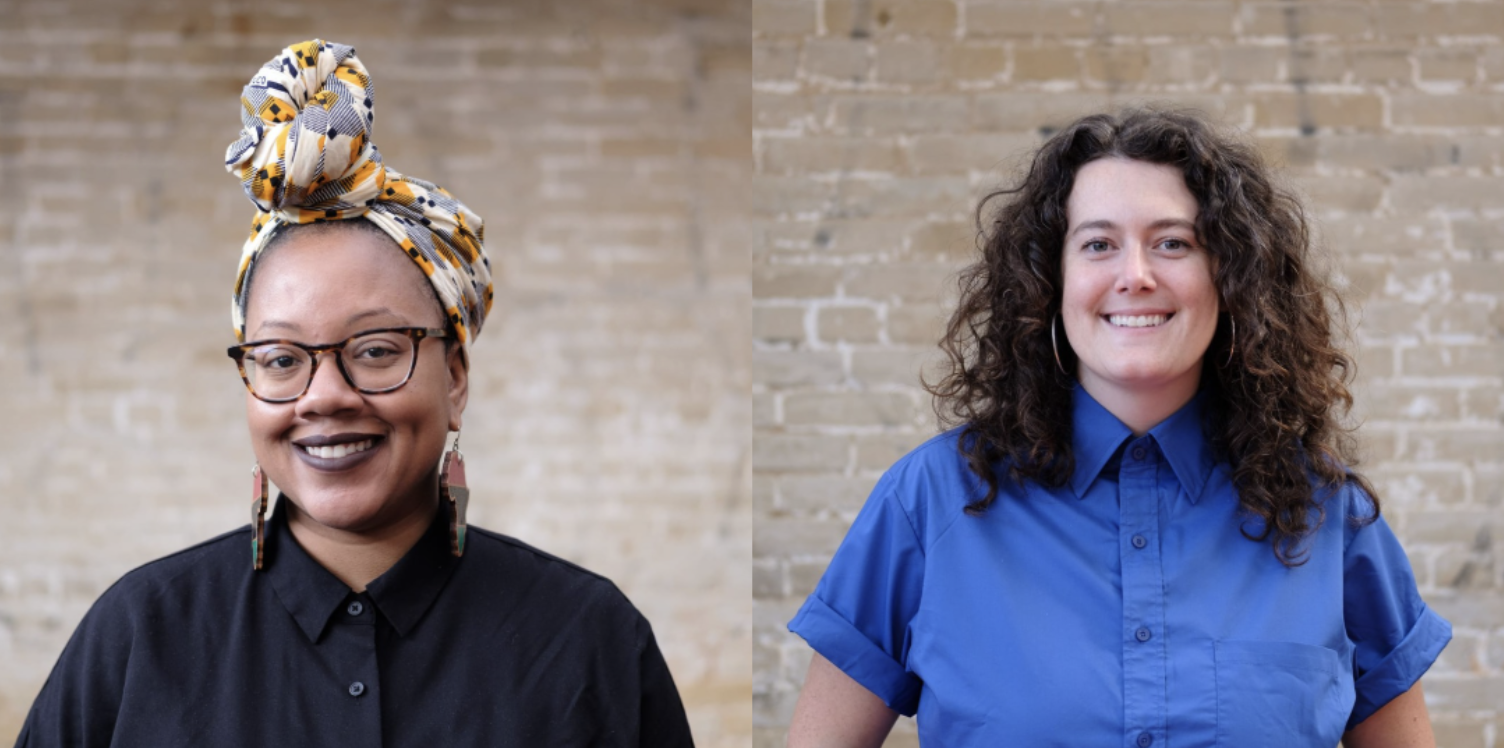
Tiny News Collective exists to support early-stage news entrepreneurs all across the United States who are raising their hands to provide community-focused news and information and places for community connection. We are who we are because of the founders we serve. And we want the journalism field, the civic information space and beyond to know about the creative, impactful work of these founders. To that end, we are thrilled to highlight their stories through an ongoing series of profiles and features.
For our latest feature, we caught up with Christina Sturdivant Sani (pictured, left), executive editor of The 51st, and Maddie Poore (pictured, right), director of development at The 51st. The 51st is innovative on many fronts, being a worker-led nonprofit with seed money from a successful crowdfunding campaign that raised more than $275,000. The news website, which covers the District of Columbia (often considered the unofficial 51st state), was founded by six former staffers from DCist after it was shut down by the local public radio station WAMU in February 2024. Christina and Maddie discussed their newsroom’s worker-led structure, the popularity of a story about a restaurant’s “luscious” plant display, and plans to expand its “Community Connector” program to reach different groups of people across the District.
As Christina said, “Although we were born from the ashes of DCist, The 51st is a different publication. From our worker-led model to our community-building efforts and emphasis on service journalism, we are creating a news source that will hopefully resonate with a wider and more diverse swath of D.C. residents who can use our information as a source for connection, advocacy and empowerment.”
When the National Guard was first deployed to D.C. this summer, The 51st sprung into action with important coverage of a confusing and alarming situation for local residents. As Maddie pointed out, “We heard from a lot of people that were grateful that we were around to explain what’s happening.” The 51st has given people actionable information and its explainers (such as this one) have been popular on the news site.
Maddie: DCist was a local news site in Washington, D.C., that for the past seven years had been a part of WAMU public media. Then in February 2024, it was abruptly shuttered, and 17 people lost their jobs. And there was outrage in the community. People were very understandably hurt and disappointed by this decision. And I had worked at DCist and WAMU for about six years, but I left in 2021.
After the closure, there was a happy hour where we all gathered to sort of pay our respects and share how sad we were. And in talking with some of my old co-workers, I said, “What if we launched a worker-owned outlet? What if there was a worker-led newsroom in D.C.? What would that look like?” And some people were really excited by that. Others said, ”No way, too soon.”
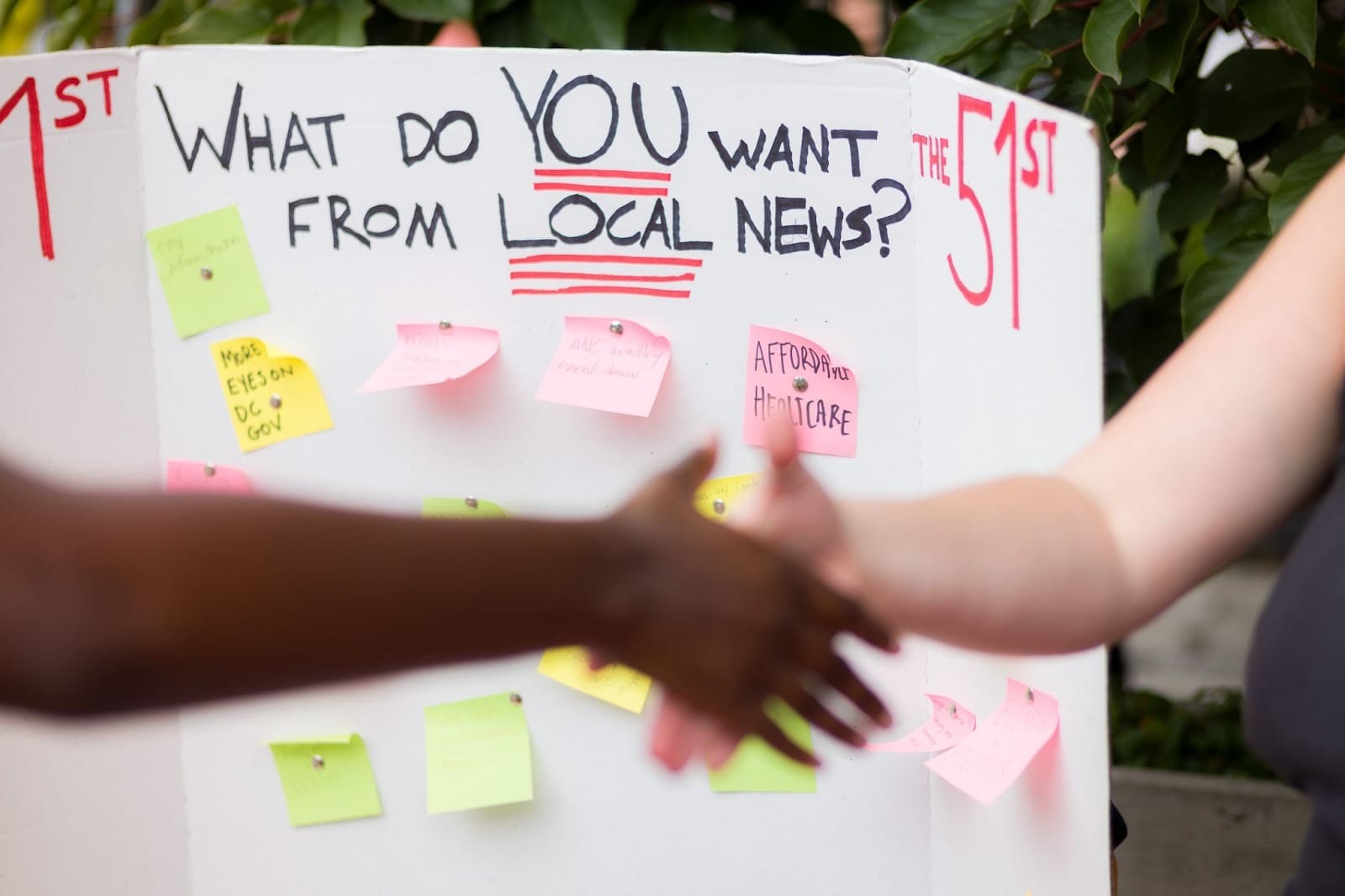
Then we started meeting over Zoom and sent around a survey to sort of see who had the excitement and buy-in and time available to do this. Obviously, it was all unpaid. That's not something everyone has the ability to do. It's a privilege to be able to take time to do that.
I had been freelancing for a while, and one of my clients had just ended their contract, so I was in between things.
Then we started meeting a few times a week and then made a plan for a crowdfunding campaign, and that went live in July 2024. We hit our goal by August and then started publishing in October. [Editor note: The 51st celebrated its first birthday in October 2025 in a celebration with community members and supporters.] Christina joined us as soon as we had funds to pay her.
We’ve made sure to listen to the community and to build this news organization alongside them. We started a section called “You Street” where we ask readers questions, usually related to current events, and then share responses in the newsletter. Examples include our crowdsourced eulogy for the Circulator bus and our analysis of locals’ outlook on living conditions.
We are also working to establish partnerships and collaborations with other local newsrooms. We joined Street Sense Media’s annual Homeless Crisis Reporting Project and produced an explainer for immigrant residents with Ethiopique, D.C.’s only Amharic-language news source. The guide was also published in Spanish with El Tiempo Latino. We’re committed to finding and experimenting with more ways to distribute our reporting so it reaches the most people and has the greatest impact.
Christina: I worked at DCist from 2015 to 2017. That was the first time DCist shut down. But when WAMU bought DCist, I didn't go back. Since then, I was just freelancing, and then I was following DCist. I was sad about the second closure. I was looking for journalism jobs but also thinking about getting out of journalism entirely, because I was kind of over it.
So when Natalie [Delgadillo, a co-founder of The 51st] approached me about The 51st, when the funding came in, I just gave it a shot. And then I really loved everything about it: the people, the work, just being back in the local news ecosystem. Thankfully, we're still going.
Maddie: The worker-led nonprofit is the cooperative model of a nonprofit. We definitely did a lot of deliberating on how we wanted to structure the organization, and we knew we wanted it to be the journalists who are actually in charge of the decision making, collaboratively.
We also felt it was pretty important to be a nonprofit newsroom. We definitely came from that background, being public media folks and also just feeling like it aligned most with our values. So we worked with Beloved Community Incubator, which helps start cooperatives in D.C. They gave us a lot of tools. They're actually structured as a worker-led nonprofit. And what that means is that the board of directors is made up predominantly of workers. It's one of the lesser-known structures, but there's the Sustainable Economies Law Center dedicated to helping folks structure this way.
We're really trying to build this in a way that's sustainable. We also know the realities of startup culture when there's a limited amount of us, but setting boundaries around when we're communicating and not having that be all hours of the night or on weekends with the understanding that we're also working at the times that make sense for us.
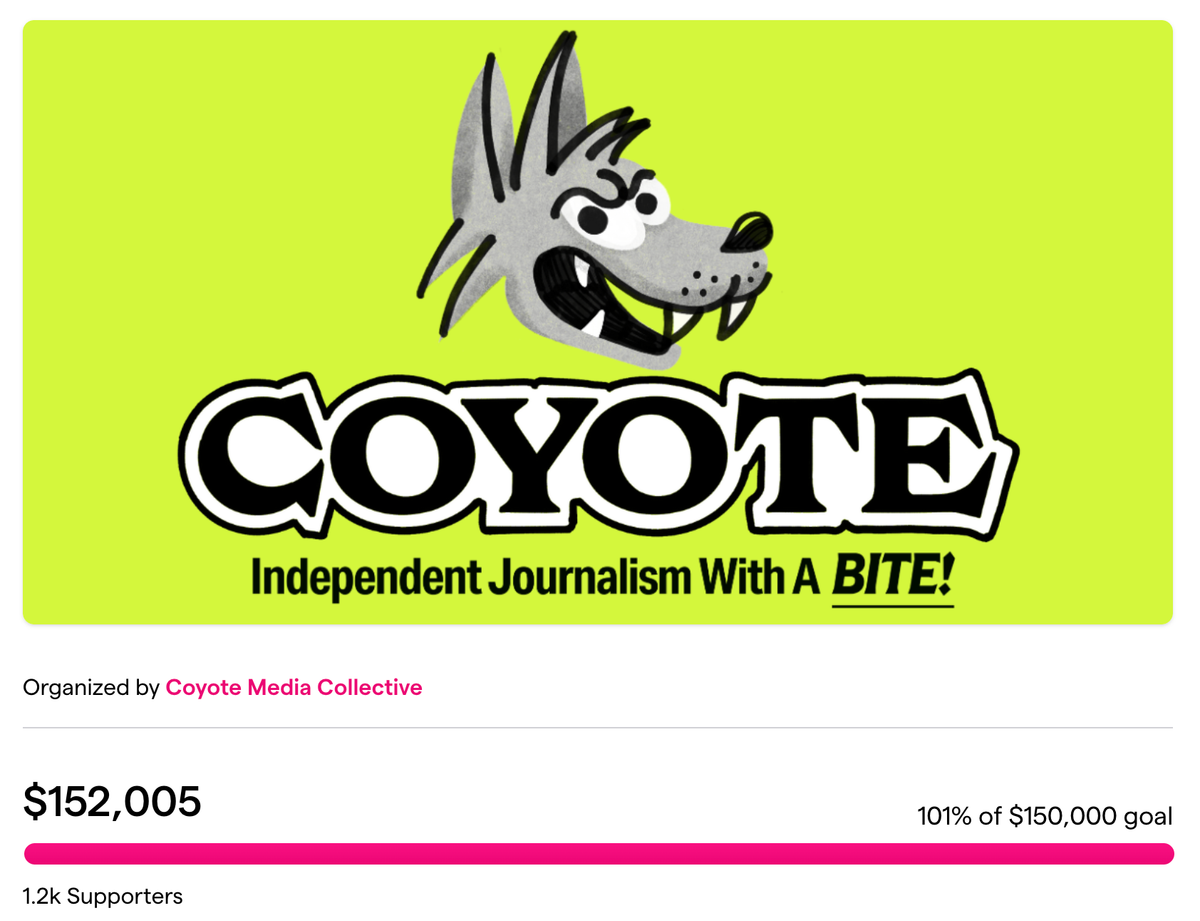
Christina: I think that’s another benefit of the worker-led model. I was telling the team how usually, I would just wake up in the morning at 6 a.m. and just check Slack, and then I would log onto my computer. And then I find myself on Slack and email till 9 p.m., and it was just a daylong thing.
Sometimes it doesn't feel like work. It's kind of like checking my text messages, but then I have to tell myself, “For my mental health, this is work, and you need boundaries.” So now we only Slack between 9 a.m. and 4:30 p.m., because we’re the board and we make the decisions. We don't have to go to a CEO to get permission about our hours or anything like that. It really is great.
Christina: One of the first stories that comes to mind is probably the opioid story that was part of a reporting project with the New York Times, Baltimore Banner and Big Local News that won a Pulitzer Prize. It was a very important story about Black middle-aged men being impacted more than others by the opioid epidemic in D.C.

But there was also a story about Pho Viet, a restaurant in Columbia Heights, and it wasn’t even really about the food. It was about their plants. They have this luscious plant display outside in their front yard, and one of our writers interviewed the owner and took pictures of her and her son; it's a family-run business. They were talking about their love for the community and for the food.
That story did really well, and I think those are some of the stories about culture and community that our readers like to read. Also it was written by a native D.C. person, which I think is cool.
Maddie: I think something else that we've been seeing having an impact is our D.C. Explained series. Early on, we were popping up at farmers markets and asking people what they wanted to see from local news, what they felt like was missing. Then we coded all of those responses that we received. Predominantly, people wanted to see local reporting on politics and government, and things that helped demystify things.
So we've done a handful of explainers about tenants' rights and what to do if your apartment doesn’t have heat. And one about immigrant rights in case of ICE raids that was translated and distributed in partnership with El Tiempo Latino and [TNC member] Ethiopique. We also had one on understanding D.C.'s home rule, and one breaking down how the city council works. We've seen those shared by local officials and by leaders at nonprofits.
We've also heard from people, social workers, saying, “I shared your guide with my clients, people I was working with who were dealing with that.” Hearing firsthand how people are using those resources to have their needs met has been really affirming of what our goals were for local journalism that makes people’s lives better.
Maddie: They did reach out to us right as we were getting started. They reached out to us to let us know that they had this data set and were looking for a newsroom in D.C. to partner with. Big Local News, the nonprofit organization out of Stanford University, was also part of that. Our two reporters, Abigail Higgins and Colleen Grablick, worked really closely with the team at the Baltimore Banner and the New York Times sharing data and helping shape the reporting.
We also worked with a local photographer, Shedrick Pelt, who took really powerful photos for that story as well.

Christina: It was a lot of meetings and was down to the wire. They weren't sure if they were going to publish by the end of the year, but they did. And then myself and another editor, Natalie Delgadillo, went through several rounds of edits with the story. So it took a lot of time and a lot of energy. During that time, Colleen and Abby couldn't necessarily work on the weekly news cycle. They were just really focused on the big story. So everybody helped out where we could because we're such a small team.
Christina: I feel like I would want us to be an institution in the way that DCist was an institution in the local news ecosystem. And giving readers all of the politics and local government coverage, education coverage and all the things that the Washington Post Metro should be covering but probably isn't covering much right now.
Also, I would want The 51st to be integrated more into the fabric and the culture of D.C. by just being on the ground more and connecting with people in more authentic ways. For example, with our Community Connector program, reaching out to specific groups of people and having more events, whether it’s happy hours or going over our reporting.
I feel like the Baltimore Beat does a really good job; it just feels like they're part of the community and the culture, but they happen to be a news outlet. I really like that vibe, and I would like The 51st to do that for D.C. and also be a place where D.C. natives can connect and also long-time D.C. residents and newcomers. Everybody should have a place within our publication so they can see themselves.

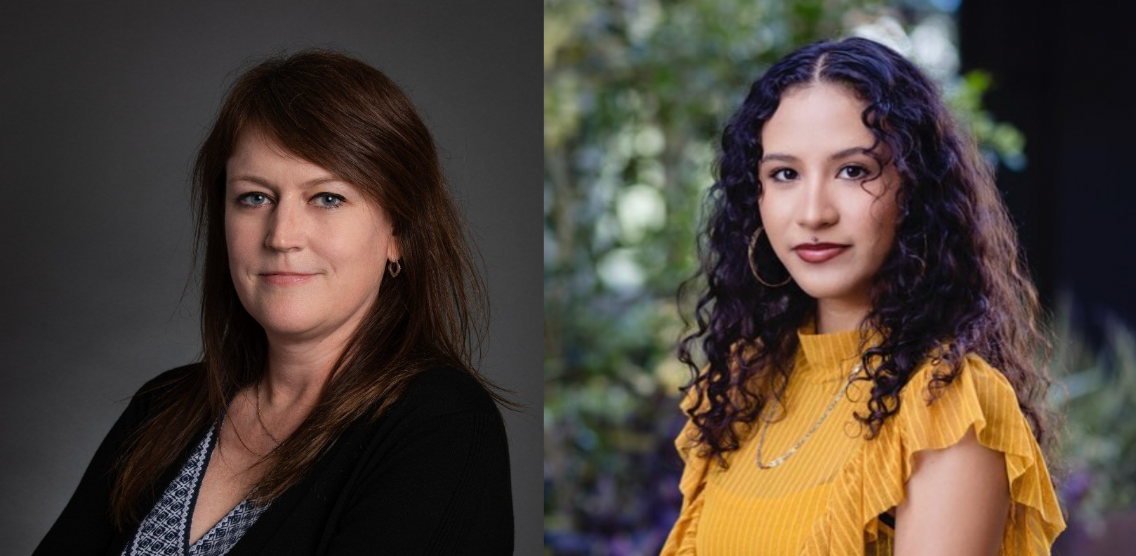
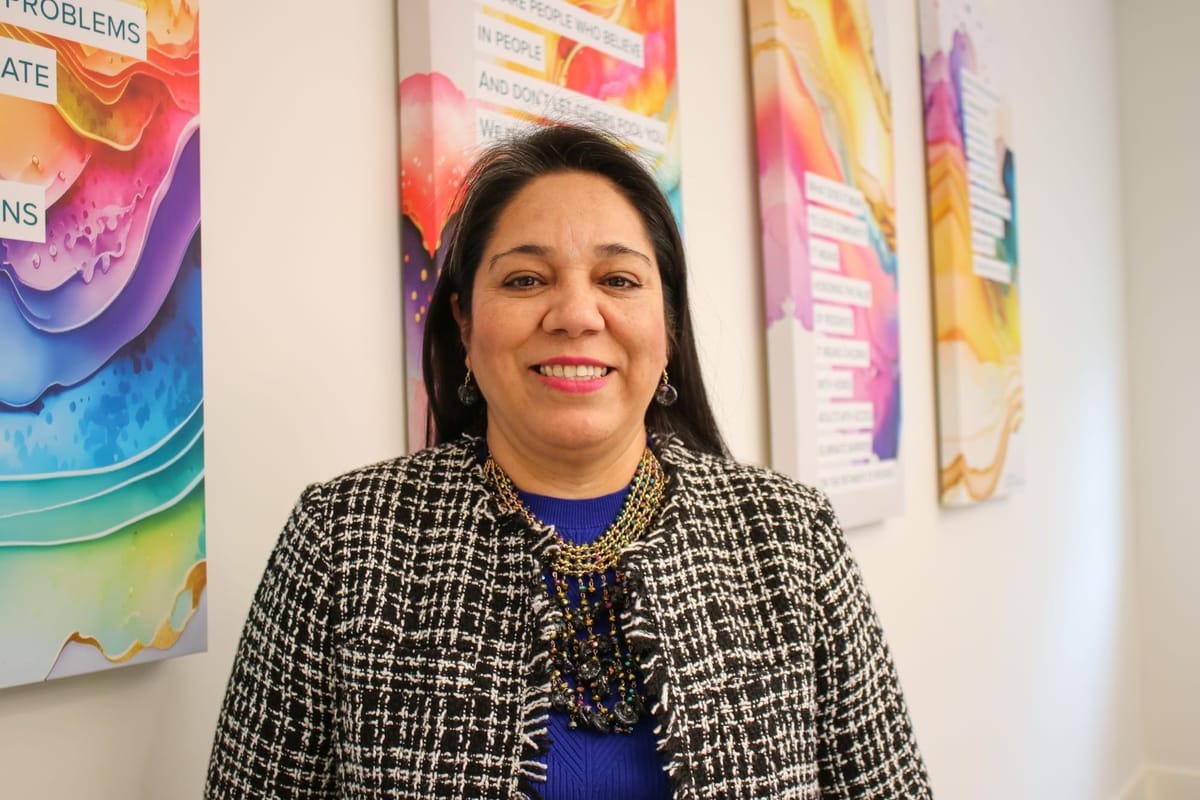
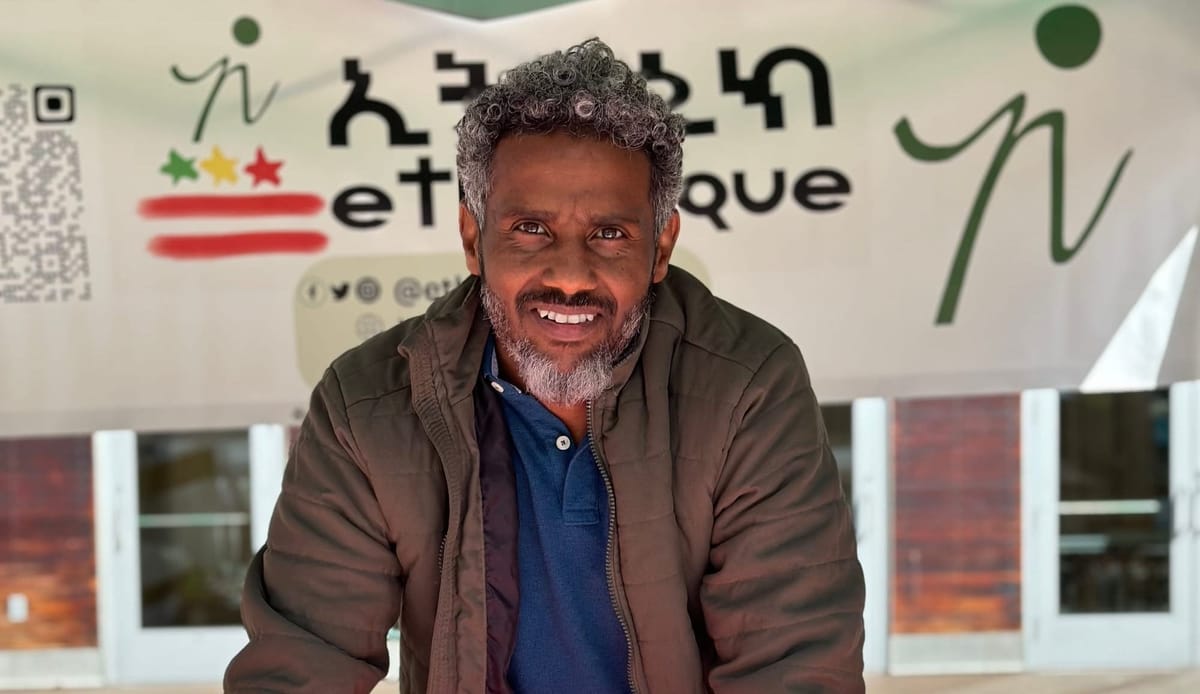
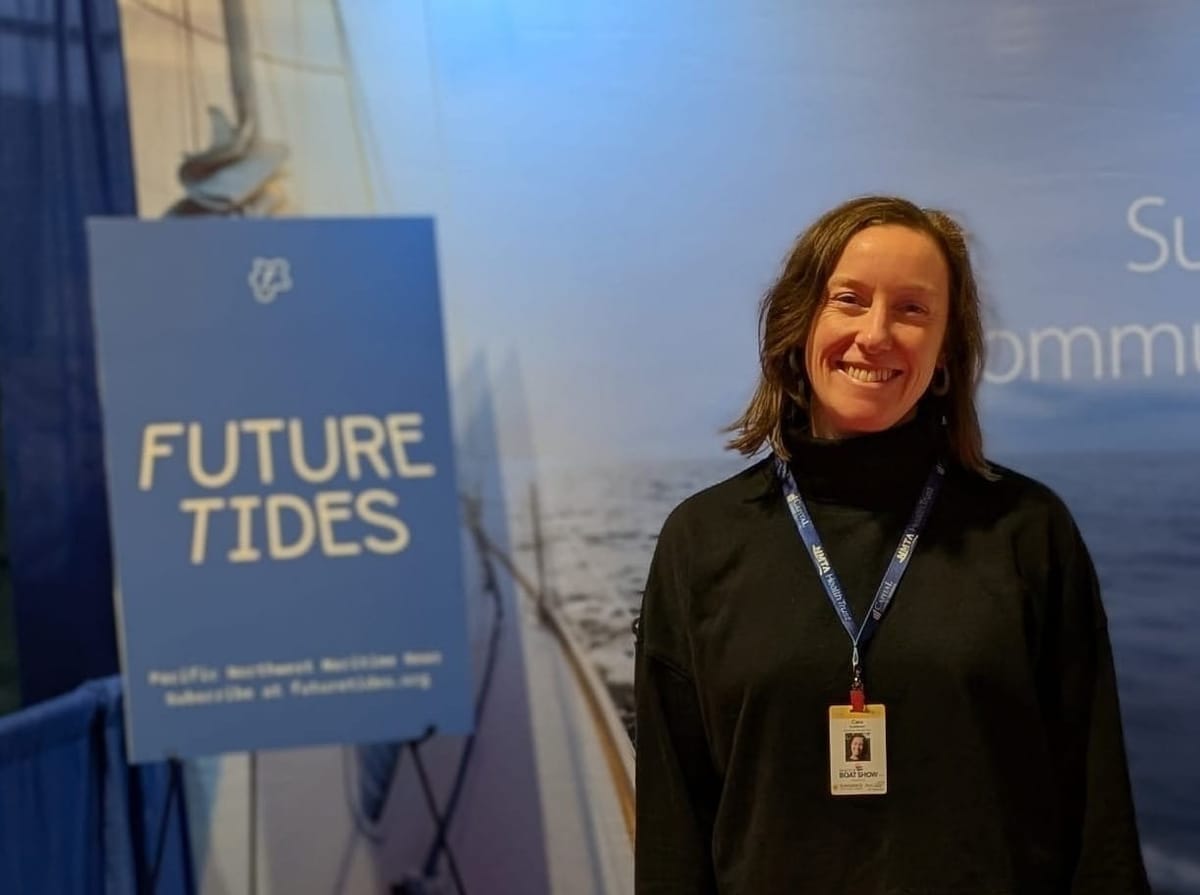
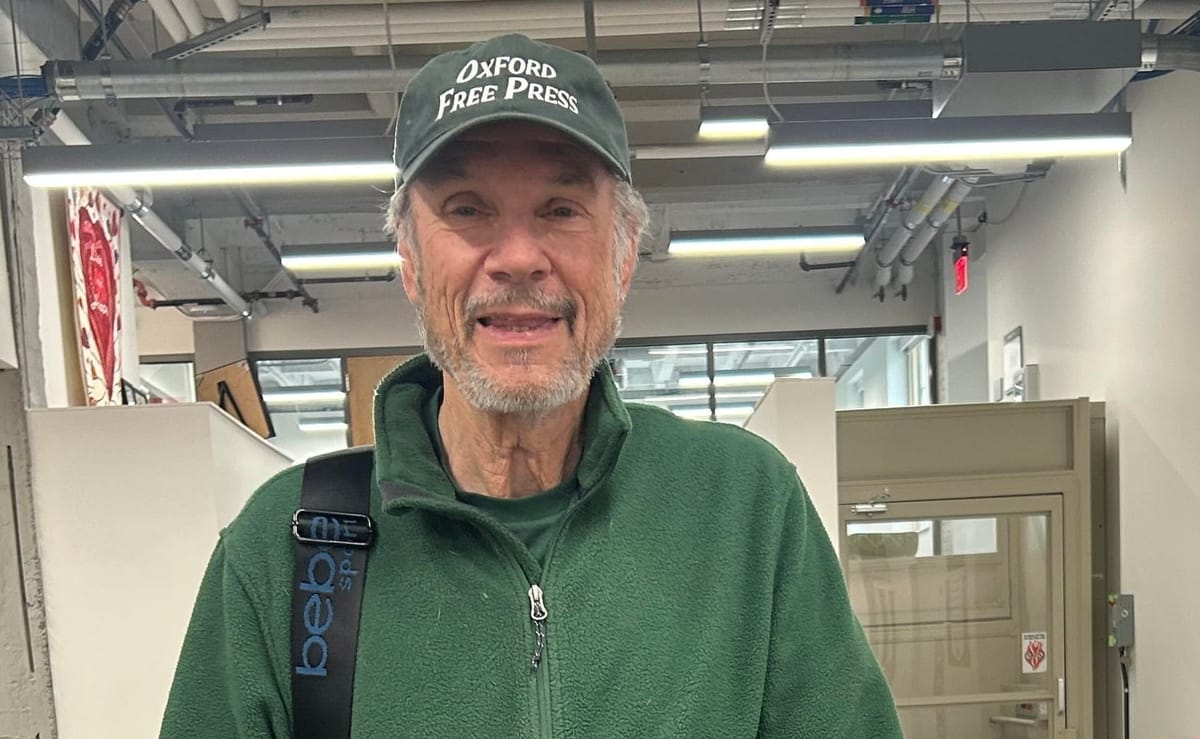
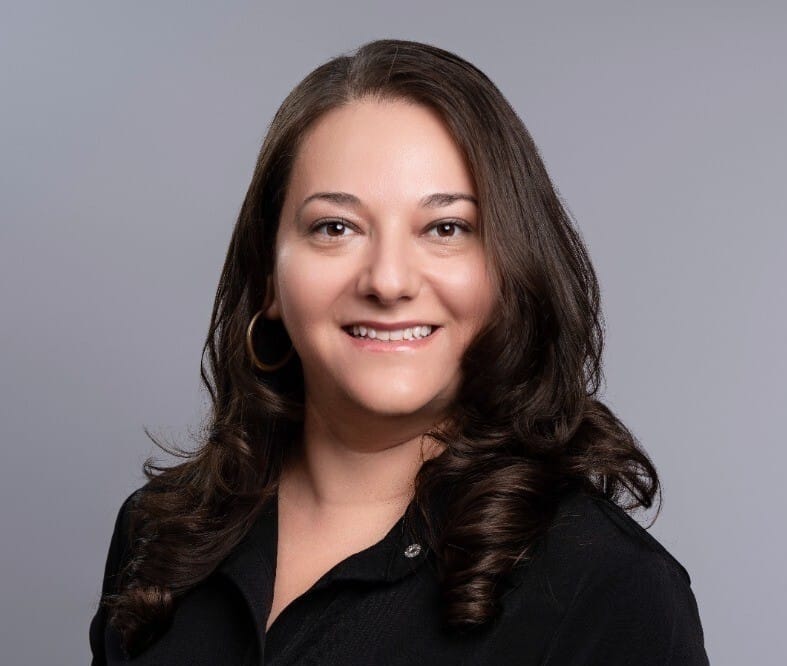


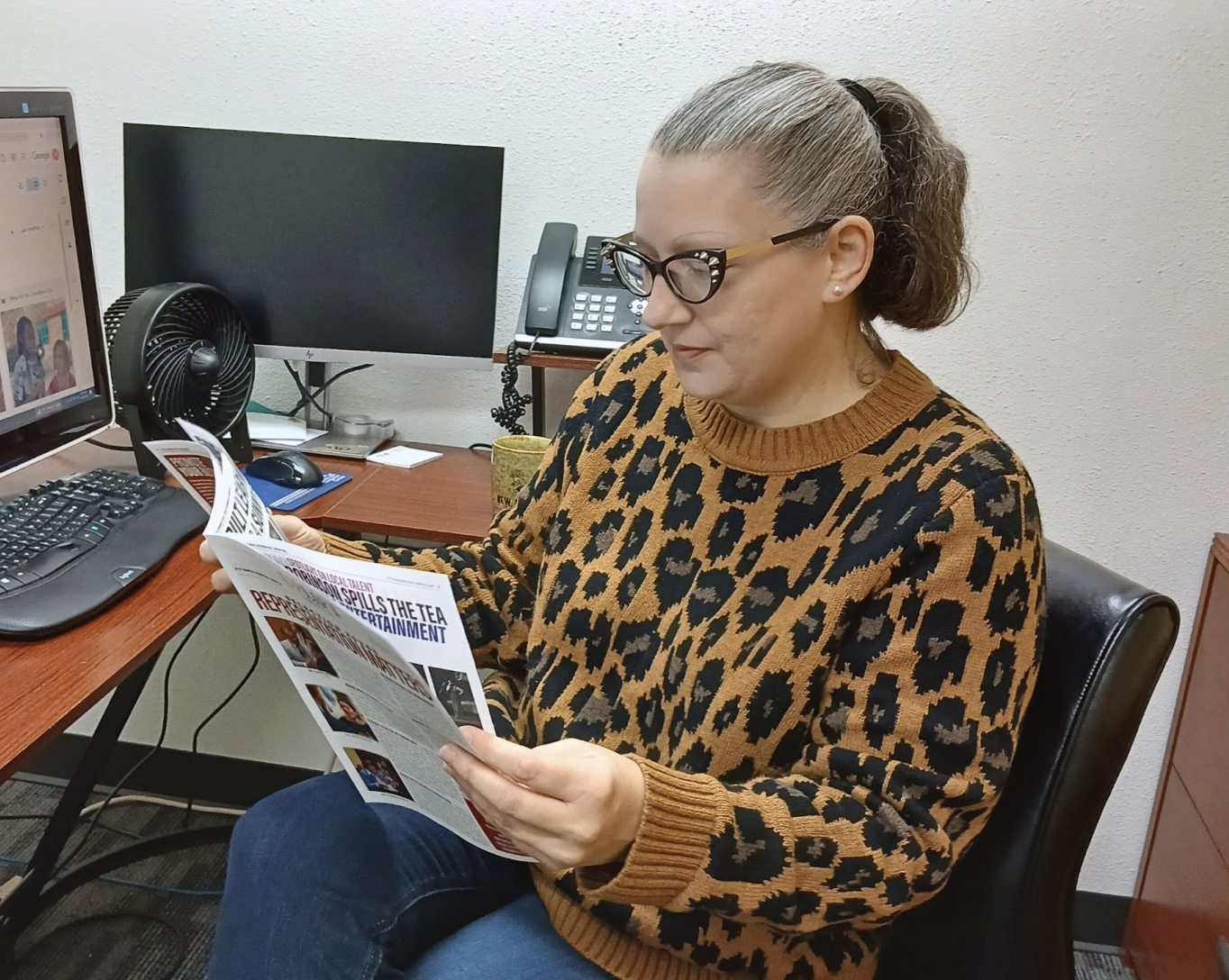
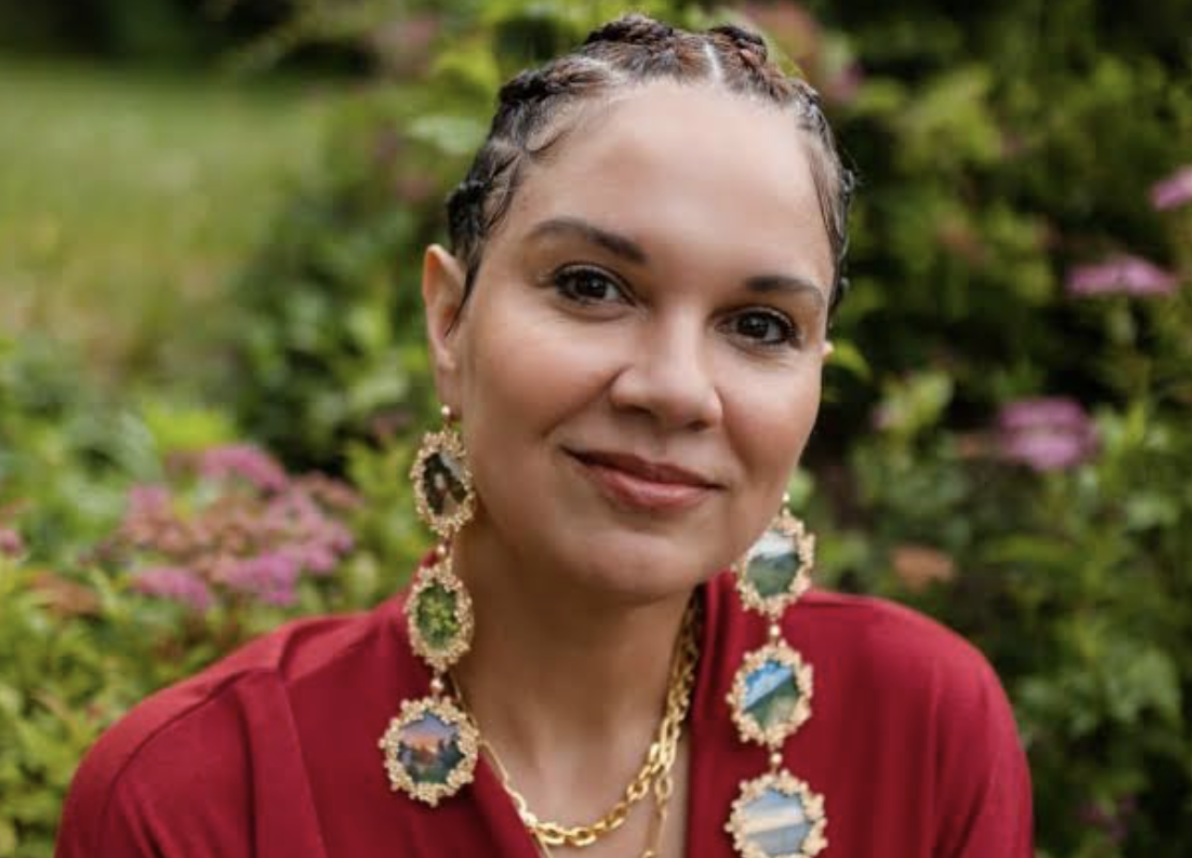


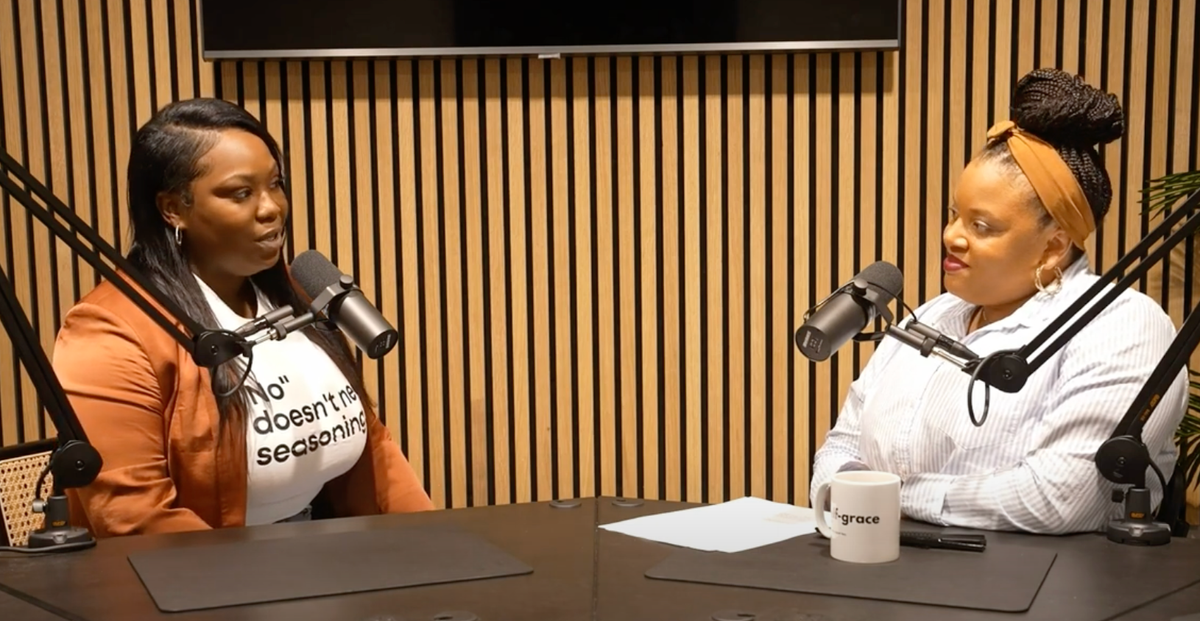
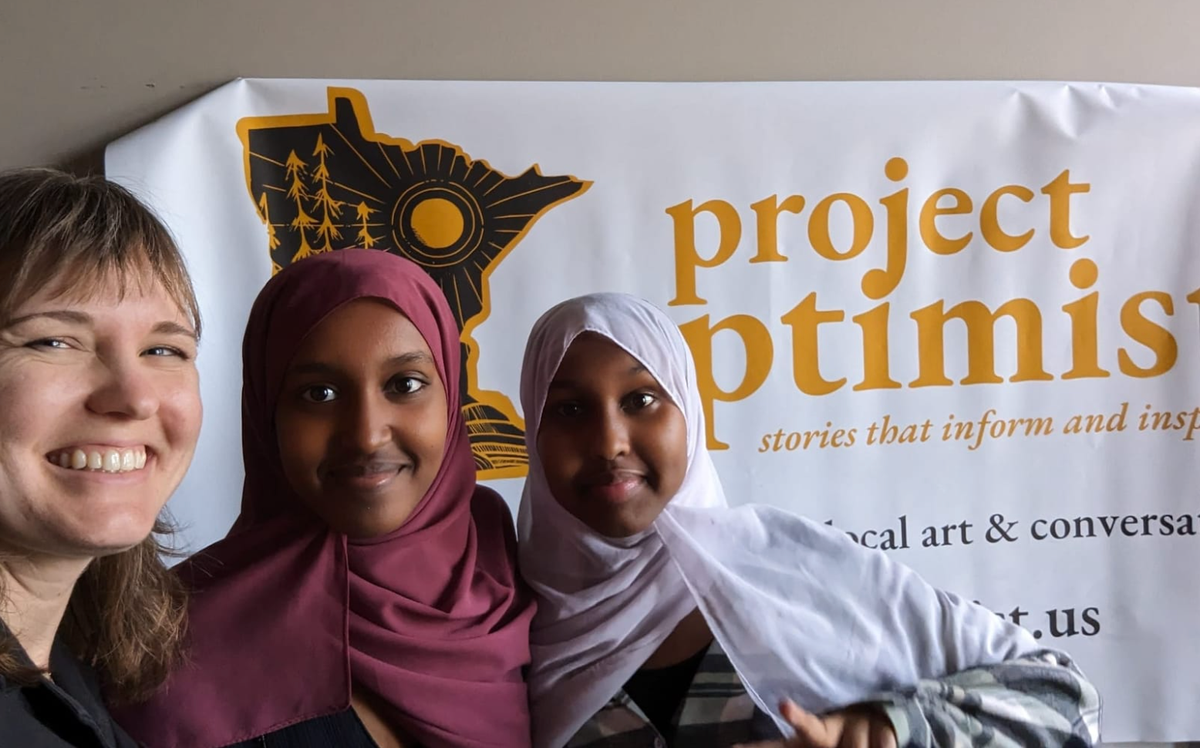
Sign up for our monthly newsletter for ongoing updates, announcements, and resources for newsroom entrepreneurs.